5 Clever Small Space Decorating Ideas to Maximize Your Area

Decorating small spaces with limited square footage can be challenging because there’s little room — no pun intended — to operate. You must ponder design elements profoundly and creatively to produce an illusion of space. Every situation is unique, but these five tried-and-true small house ideas and tips are universally applicable.
Optimize Room Layout
Layout dictates arrangement and movement, so it’s the first thing you must nail to decorate a small room. A terrible floor plan can make even larger spaces cramped. Just imagine how messy your space will feel when you mix an atrocious layout with a small living room.
Consider function, focal points, traffic flow, and negative space when devising a suitable layout. Before anything else, determine what the room is for. Is it for resting, hosting guests, dining, cooking, playing?
Small house interior design must start with the room’s purpose. If you decorate it with disregard to why it exists, you won’t be able to use it as intended even though it’s pretty.

Regardless of size, all rooms must have a center of attention — something that immediately draws the eyes of observers. While a focal point can be anything, think twice about choosing an object that eats horizontal or vertical space to enjoy every inch of the room.
A seamless traffic flow separates well-thought-out room layouts from lazily conceptualized house plans. Again, the space’s function must call the shots. If the room is for entertainment, the seats must be painlessly accessible, and the monitor must be unobstructed. If the room is a kitchen, form a triangle with your fridge, stove, and sink placements and leave nothing inside the space between them to keep this work area open and boost movability.
The areas you leave empty — negative space — are as vital as the ones occupied — positive space. Negative space is visually lighter than positive space, so you need more of the former to counterbalance the latter and enjoy plenty of breathing room.
Bringing in things from the walls, skipping wall-hung cabinetry, using furniture with legs, and having open shelving are excellent ways to avoid maxing out your room’s inherent negative space.
Have a Minimalist Mindset
Minimalism means owning just what you need. This design philosophy preaches about pursuing simplicity and eliminating distractions. It can be visually stimulating but prevents sensory overload.

Minimalist rooms rarely have clutter because they lack unnecessary, duplicate, and broken items. Their contents are just essentials. That’s why they usually have plenty of negative space.
To make your messy small space minimalist, value quality over quantity. If an appliance can do the chores of various devices, choose it and pick the best of its kind if your pocketbook permits.
Cheap items tend to wear quickly. Instead, go with products you can — and will — use for years. Be mindful of your purchases. Think long and hard before you fill your shopping cart to avoid impulse buys that quickly get old.
Room feel and aesthetics aside, minimalism can also improve your mental health. It promotes cleanliness, which 66% of people consider vital to a good night’s sleep. A minimalist mindset is about decorating your space with only the things that bring you genuine happiness. It encourages you to own less to unburden yourself of the duties that come with possessions.
Increase Storage
Abundant storage is necessary for small house decoration and boosts cleanliness and organization. Clutter breeds chaos, which correlates to higher levels of stress and emotional exhaustion. Ensure what must be hidden stays out of sight and arrange it accordingly to maximize space.

How well you store away and organize your belongings depends on the design of your storage solution systems. Boxy cabinets, layers of open shelves, rows of drawers, and tall closets are typical. These classic storage units are timeless and may work wonders for some small spaces. But storage solutions hiding in plain sight are an underlooked small home idea.
Furniture with hidden compartments is a winner. Almost every conceivable type of furniture has a version with secret storage. There are swinging coat racks veiling cavities, sliding mirrors doubling as jewelry boxes, shoe racks within bench seat profiles, and removable floating shelves covering sneaky drawers. One Google search will prove the endless design possibilities for furniture with hidden storage.
Combine the Right Colors
Psychology says paint colors in brighter hues make smaller areas appear larger because they reflect and bounce light. Your safest bets are cool neutrals — such as soft gray, ivory, cream, pewter gray, and beige.

Nothing creates an illusion of space in tiny houses better than white walls. However, an utterly pristine room can be dull, so add splashes of bold accent colors to lend more interest to the area. Fun-colored decorative items — like vases, pillows, flowers, and plants — will pop against a backdrop of spotless walls.
Alternatively, have a statement wall. Simple, eye-catching wall art is a great design idea to decorate a small room. Painting or sticking fascinating wallpaper to an entire wall can add unwanted stimuli to the room, so consider embellishing just a portion of an empty wall.
Install Large Windows
Covering sizable wall openings with massive glazed units can visually expand your room’s dimensions. Massive windows frame outdoor views, extending the gaze beyond your space’s four walls and incorporating the outside world into your small space's interior design.
Moreover, windows bring in plenty of sun. Depending on window orientation, incoming natural light can penetrate deeply into your room, illuminate its dark corners, and reveal otherwise obscure inches of floor area and wall space.

Modern windows come with layers of transparent coating to reflect the sun’s heat and inadvertently filter out some visible light. Look for Visible Transmittance on a window’s energy performance label to see how much natural light it blocks. This metric ranges from 0-1. The higher the number, the more daylight it lets in, and the airier your room will be.
Regarding styles, the picture window is the ultimate space enhancer. It can cover the entire length of a wall, catching plenty of sunlight for free indoor illumination and taking more prominent snapshots of the surroundings.
The bay and bow windows are the next best thing. They’re wider than they’re taller. They jut out from the exterior wall, expanding your floor space by several inches.
No Small-Space Design Problem Is Too Big to Solve
Roominess is a desirable feature homes of any size can have. Follow the above small space ideas to increase your room’s square footage spatially, psychologically, and even literally without bank-breaking improvements.
Eager to elevate your compact living area? The DecorMatters room design app is your ultimate companion in decorating your beautiful small space. This app lets you try out different furniture, layouts, colors, and decorations that match the size of your cozy space.
Unlock the potential of every square inch with a tool that brings your interior design aspirations to life. Try the DecorMatters app now to design a room that reflects your style and makes the most of any space!
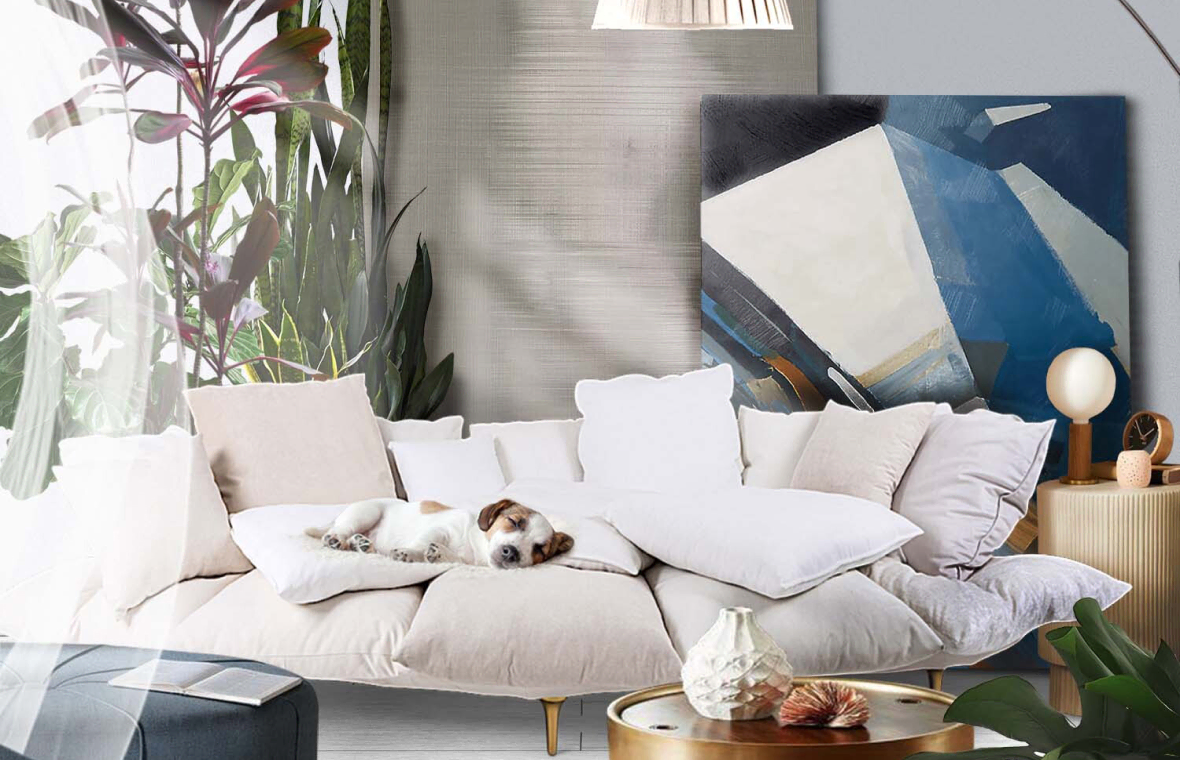
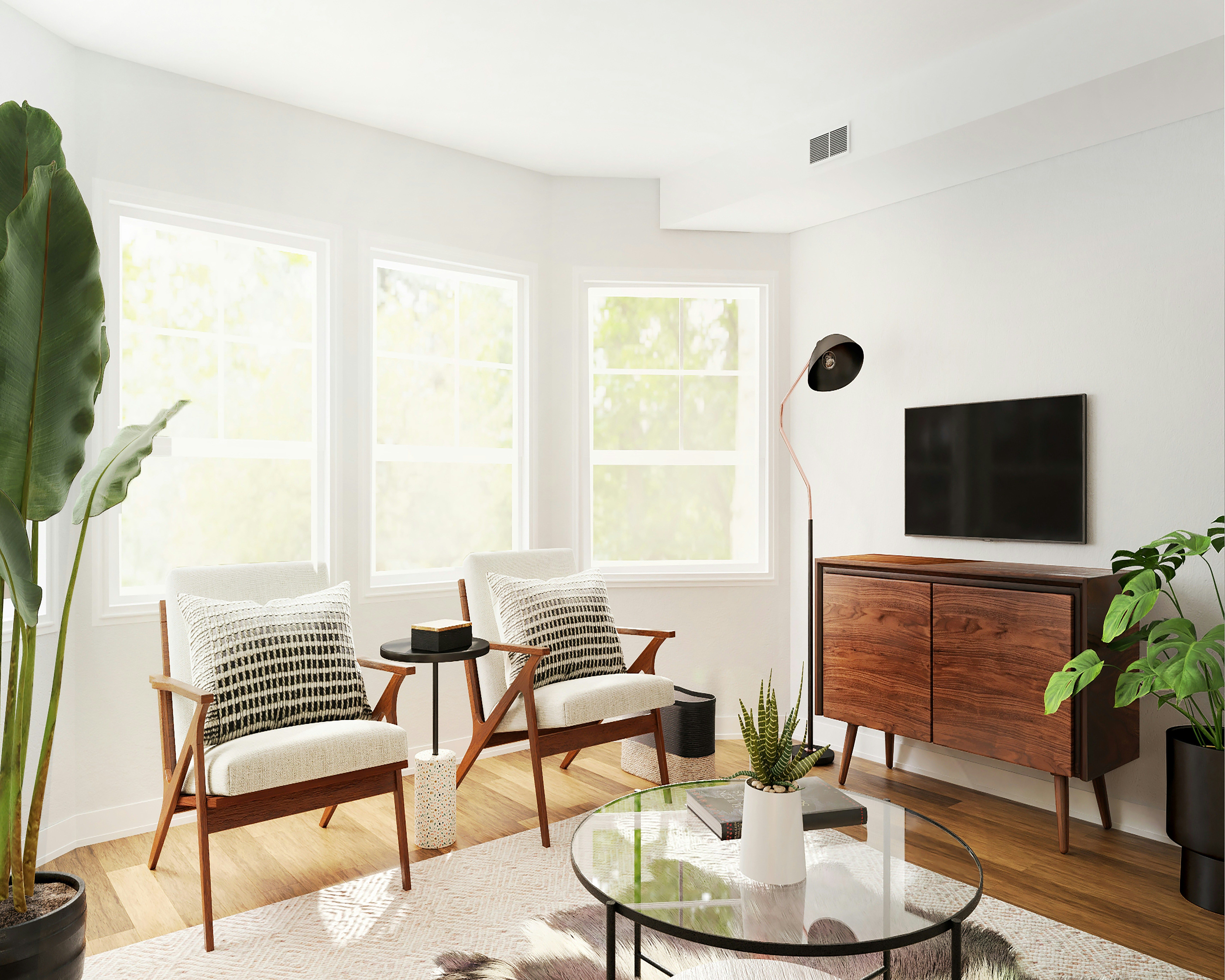
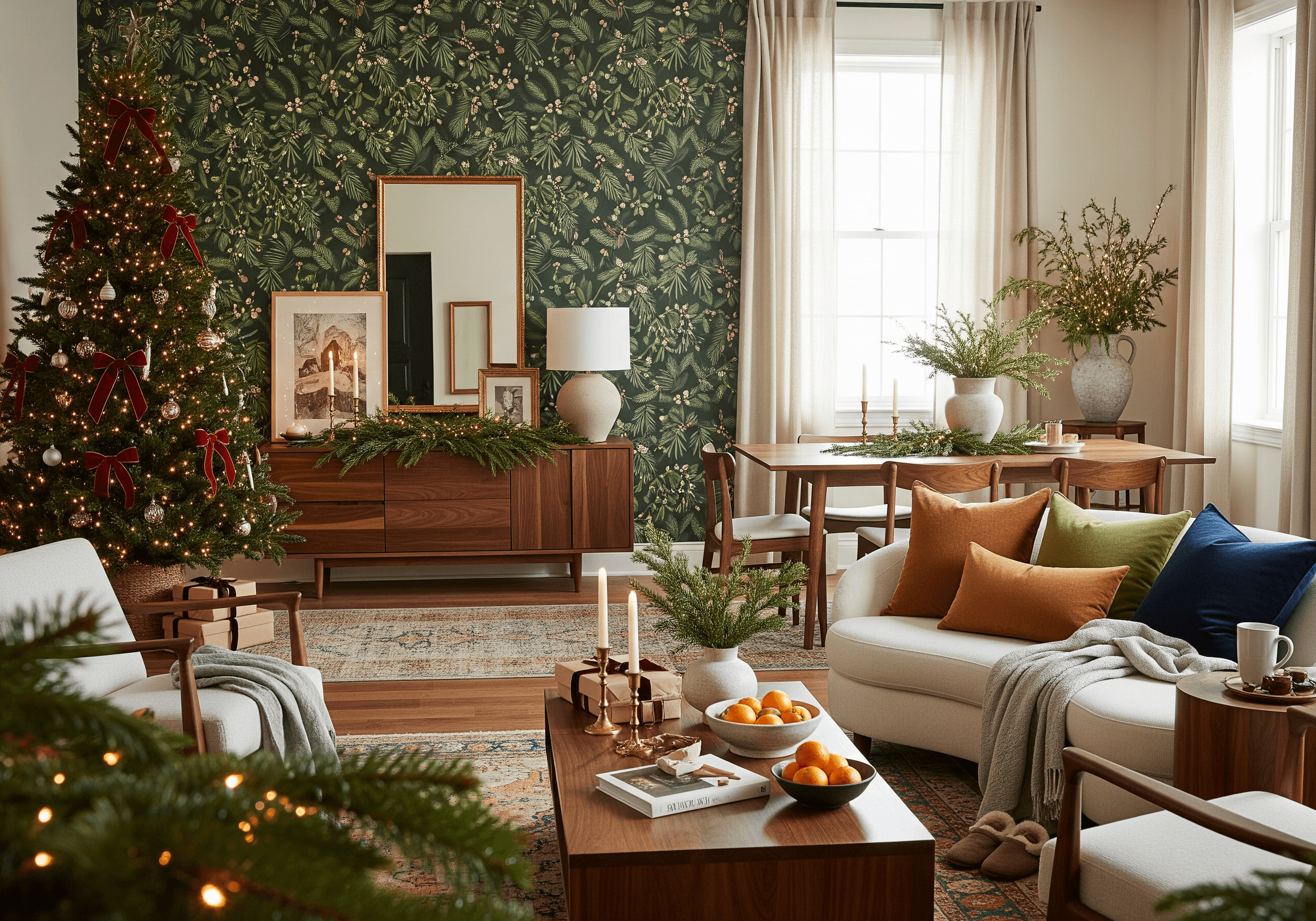
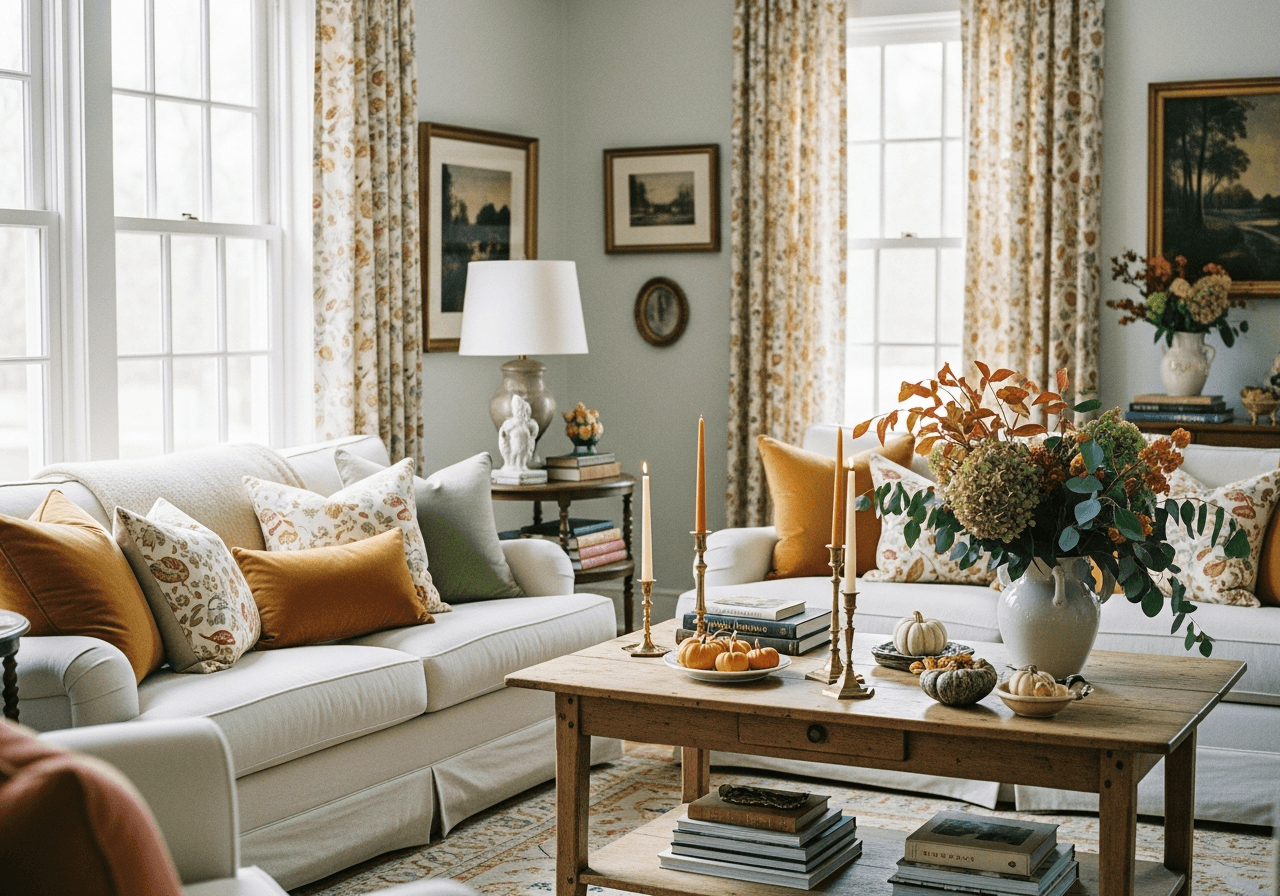
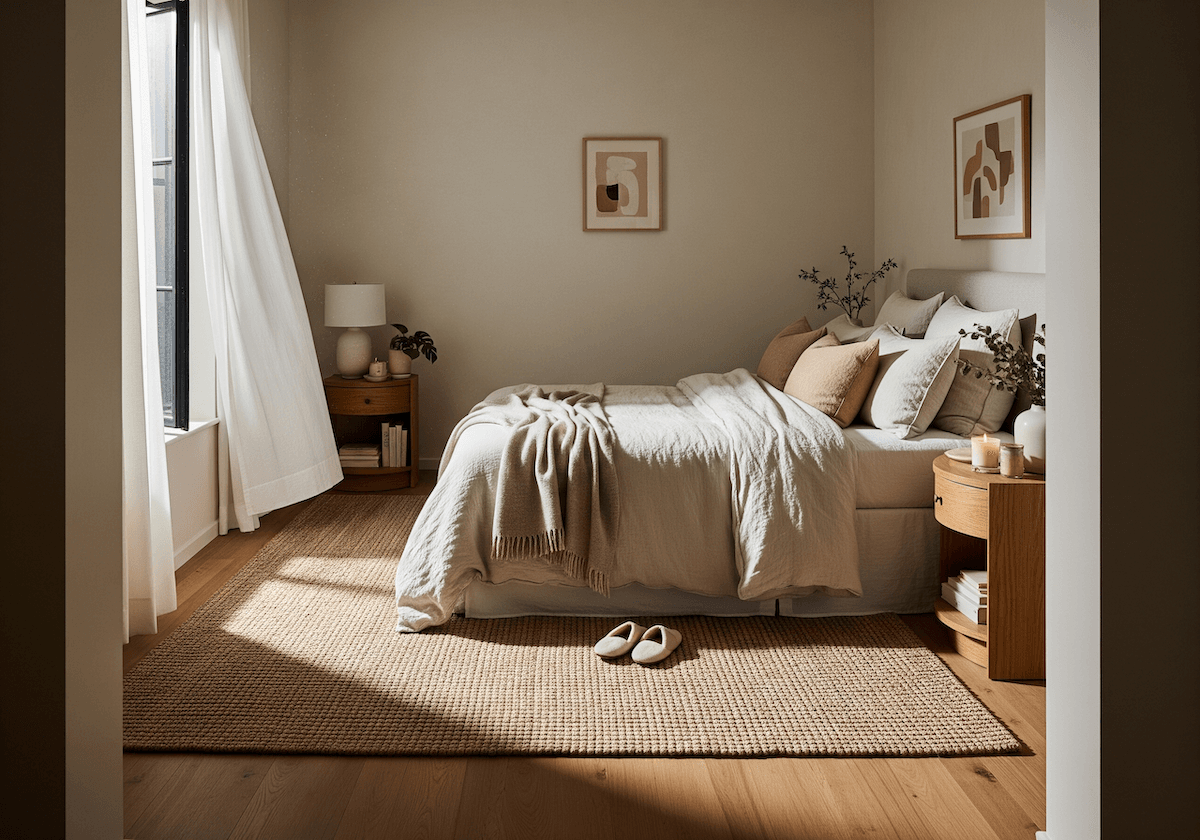

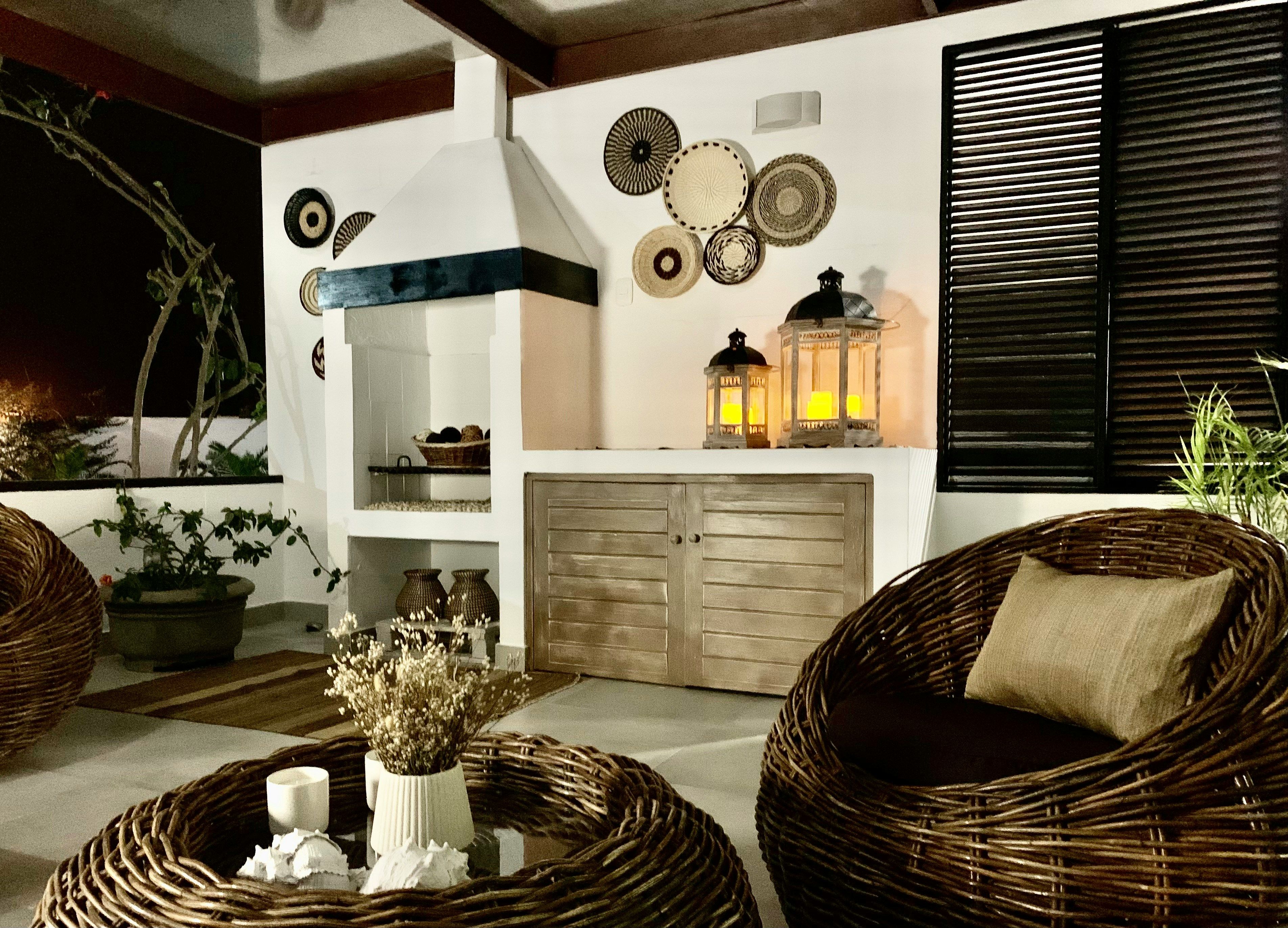


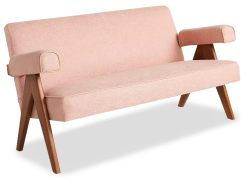

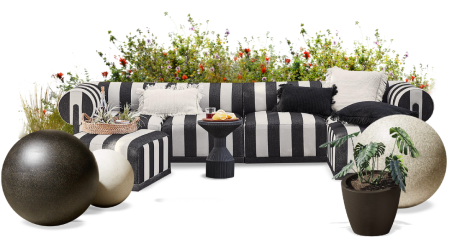
 20h left
20h left




